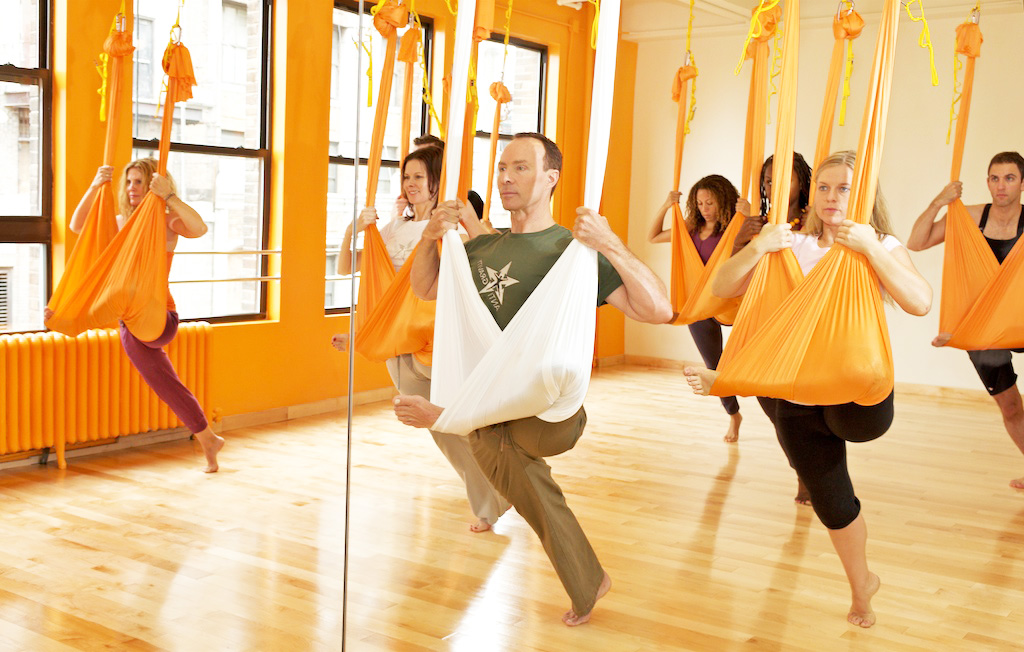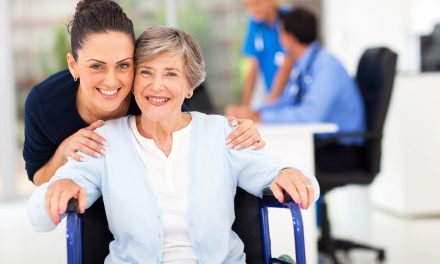Mix up strict cardio with exercises that align the body and mind in the months leading up to summer, coupling mental clarity with core physical and muscular strength.
Tess Gibney
1. Qigong
An ancient Chinese healthcare practice, ”Qigong” – literally meaning ‘Life Energy Cultivation’ – is the combinatory practice of aligning the body, breath and mind. Not dissimilar to Tai Chi, the word ‘Qi’ translated refers to the life-force that flows through the universe, whereas ‘Gong’, pronounced gung, means to accomplish something through steady practice.
Thought to aid the development of human potential by helping awaken one’s true-self, Qigong practices can be classified into the categories of martial, medical and spiritual. Therapeutically, Qigong operates in two systems: 1) internal Qigong – focusing on self-care and self-healing, and; 2) external Qigong; led by a therapist who directs qi. Though it can be hard to distinguish the exact practices of Qigong due to the fact that there are literally hundreds of styles, it generally involves moving and still meditation, massage, chanting, sound meditation and non-contact treatments, conducted in a range of body postures.
Recommended for: management of hypertension, management of chronic pain, cancer management, anxiety management, relaxation and concentration, reduced stress
Where: Tiandi Qigong, Shop 7 & 8 95 Fullers Road, Chatswood 2057, ph: 02 9411 8978
2. Tai Chi
Another ancient Chinese practice, ”Tai Chi” is often confused by Westerners as the same thing as “Qigong”. Though both practices utilise slow, flowing, meditative movement, Qigong is generally thought of as a system of wellness, whereas Tai Chi is categorised as a martial art. There are five major styles of Tai Chi, as named after the family from which they originated.
Tai Chi primarily involves two distinct features: ‘taolu’ and ‘tuisho’. Taolu is a sequence of movements which seeks to straighten the spine and engage abdominal breathing. Tuisho, ‘pushing hands’, is the practice of a two-person training routine designed to teach the body to ‘yield force and redirect it’.
Recommended for: older adults, management of heart failure, increased flexibility and balance, reduced risk of fall, relaxation and concentration
Where: Tai Chi Society, Chatswood, Hornsby and North Sydney, ph: (02) 9954 7266, visit: www.taichisociety.net/taichisydney.html
3. Anti-gravity yoga
Everyone knows about the therapeutic physical and mental benefits of traditional yoga, but what about yoga that involves suspension from the ceiling? Anti-gravity yoga, created in the US, has now made its way to Australian shores and is being marketed as the latest dynamic fitness trend. Involving a suspended workout in a silk hammock that can close around persons to form a pod, anti-gravity aerial yoga is said to encourage unity and awareness of ‘mind, body and spirit’. A natural de-stress routine – due to its engaging and fun nature – anti-gravity yoga is also beneficial for those suffering from back ailments, allowing participants to hang freely and strengthen the spine.
Recommended for: relief from chronic back pain, increased flexibility, weight loss, creativity, relaxation, reduced stress, strengthening of upper and lower muscles
Where: Yoga Pavilion, 15 Elizabeth St, Artamon 2064, ph: 0422 907 018
4. Pilates
Though pilates does not generally entail a spiritual or philosophical dimension, its focus on the coordination of movement and breath promotes a natural mindfulness and awareness of movement. Developed by Joseph Pilates in the first half of the 20th century, the German-born physical-culturist believed that physical and mental health were intrinsically intertwined. The practice burns calories and intensely strengthens the core, demanding complete concentration in order to control muscles in the body. Manipulation of breath is also central to pilates, with practitioners told to breathe deeply into the back and the sides of the rib cage.
Recommended for: increased flexibility and balance, muscle definition and strengthening, relaxation, body awareness, posture
Where: Mindful Movement Pilates Studio, Suite 2, 2nd Floor, 45 – 47 Hunter St, Hornsby 2077, ph: 02 9477 4065
5. The Alexander Technique
Developed by Frederick Matthias Alexander, the ‘Alexander Technique’ is an educational process that teaches people to stop using unnecessary levels of muscular and mental tension in their everyday life. Teaching awareness of movement and thought, the technique encourages people to move lightly; without superfluous energy and exertion. With increased awareness, people are able to adaptively change automatic ways of holding, moving and using their body. Optimising performance in work and aiding personal development, self-awareness and mindfulness, the Alexander Technique can benefit individuals by improving strength, stamina, relaxation and recovery from injury. Lessons are not physically aggressive, and generally involve teacher-observation of basic activities such as walking, standing up and sitting down. As you perform these movements, the teacher will use their hands to guide your body to release restrictive muscular tension.
Recommended for: posture, release of muscular tension, increased balance and flexibility, improved coordination, management of chronic pain, increased self-confidence, reduced depression
Where: Sydney Alexander School, 20 Belmore Street, Surry Hills 2010, ph: 9281 0438












